Is Megalodon Still Alive? Debunking the Myths and Theories
Table of Contents
Imagine standing on a sandy beach with the wide, mystifying waters stretching ahead. Somewhere beneath those waves, largely remains an unexplored world full of secrets. Among these mysteries was the possibility: is the mighty Megalodon still lurking in the deep, dark water? This has captured so many imaginations and, in the process, spawned myths, theories, and even blockbuster movies. However, to what extent is this grounded in actual fact? Let’s dig deeper into the science, fossil record, and evidence to break through the myths and find the truth behind Megalodon’s existence.
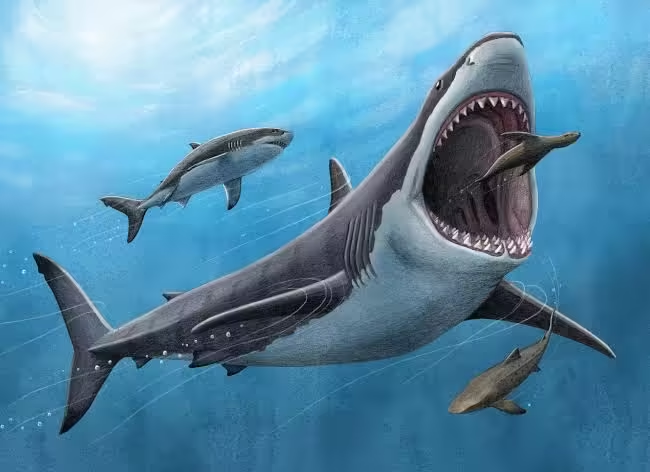
Getting to Know Megalodon
Basic Facts and Characteristics
Scientifically known as Otodus megalodon, Megalodon was an immense shark that filled most of the oceans around 23 to 3.6 million years ago. It was estimated to be up to 60 feet in length and had a bite force that surpassed any extant predator throughout time. Its fearsome teeth, sometimes reaching over seven inches in length, were serrated, perfect for tearing open the flesh of large marine mammals.
Timeline Historical
Megalodon lived during Miocene and Pliocene epochs-a time known for high warm ocean temperatures and high abundances of prey. Its hegemony over the oceans finished around 3.6 million years ago, an age characterized by great climatic and environmental shifts that very well must have caused its extinction.
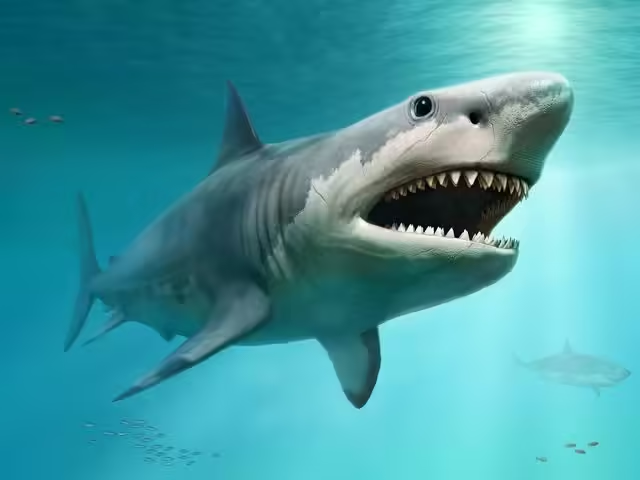
Fossil Record
Major Finds
Fossil teeth are the most common Megalodon remains; they were found in different parts of the world: North America, South America, Europe, Africa, and Asia. These would stand out as invaluable features in establishing size and habits of the giant shark.
Age of the Fossils
The oldest fossil evidence of Megalodon dates to around 3.6 million years. This coincides with significant geologic and ecological changes that may have led to the extinction of this species.

What Fossils Tell Us About Megalodon
Fossils suggest that Megalodon was an extremely wide-ranging species, living within warm, shallow seas. The distribution and size of the fossils suggest that the predator was perfectly suited to a variety of environments found within the marine niche, but the distribution also seems to suggest that the species was unable to survive the immense changes in the life space of the species.
Myths and Pop Culture
Megalodon on Film and TV
Media often exaggerate Megalodon in films, documentaries, and books. In “The Meg,” for example, it is exaggerated and depicted as a monstrous survivor from prehistoric ages. Media works create the wrong notion about the monster of the movies and thus becomes an interesting subject of public concern and fear.
Role of Fiction in the Perception of the Public
Popular media does so much in defining how people view prehistoric sea creatures. Dramatization of Megalodon as behemoth lurking in the depths and causing untold ‘mayhems’ at night says a lot more than the amount of scientific evidence points out.
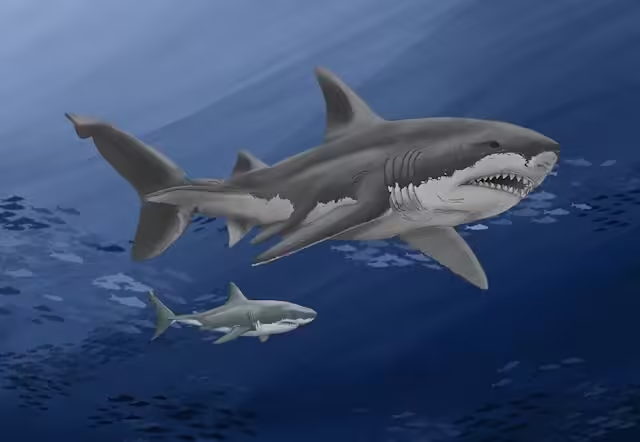
Scientific Views of Extinction
Geological and Environmental Changes
The Pliocene epoch saw the end of Megalodon rule when ocean cool temperate, the level of the sea fluctuated; all this factors probably, with the food supply disruptions for Megalodon as well as disruption of habitats may have led to its extinction.
Predation and Competition
Evolutionary offspring of the great white sharks likely competed with Megalodon to share available food resources. Over and above, extinction of larger prey species would increase the survival risks for Megalodon.
Climate Change
Climate change during the Pliocene epoch meant that the waters became colder, while ocean currents were altered. This environment was not conducive for a species that had been adapted to thrive under warm coastal areas thus leading to a decline in the populations of the Megalodon.

Present Day Sightings Claims
Random Sighting or Encounter Accounts
There are spontaneous accounts of sightings or encounters with reported Megalodon sharks. These are normally anecdotal hence not so reliable since there would be no concrete evidence to prove it.
Analysis of the Evidence
Most of which are scrutinized to be misidentification or downright fabrications of large shark species that exist, or no remains would be seen at all. Besides, since there is no recent and proved fossil of Megalodon, it’s hard to make conclusions.

Deep Sea Exploration
Advance Technology
Modern technology, such as deep-sea submersibles and remote-operated vehicles (ROVs), has greatly advanced the exploration of deep ocean waters. These tools allow scientists to discover new species and study marine environments that are otherwise unattainable.
Challenges of Exploring Deep Waters
Extreme pressures and areas as well as the low temperature of the deep ocean make it hard even with the advanced technology in its exploration. Altogether, these factors together make it more or less impossible to declare with full confidence that undiscovered species do not exist.

Probability of Unseen Species
Even if some of the larger marine species might still be unknown, a shark the size of Megalodon would probably not go undetected. Evidence of a large predator would be found in the strong presence of such carcasses and peculiar-shaped bites on its prey.
Comparison with Other Marine Animals
Extinct vs. Living Sharks
A comparison between megalodon and the modern white shark indicates similarities as well as differences. Though they have a common ancestry and some adaptations in hunting, their immense size plus specialized predatory methods are vastly different.

Adaptations and Evolution
Recent sharks have evolved under different environmental pressures and availability of prey. Adaptations that may have benefited megalodon are no longer advantageous in the modern oceans, making the extinction a more understandable event.
Role of Megalodon in Ecosystems
Predation Effect
Megalodon, being an apex predator, would have played an important role regulating populations of various massive marine mammals and other prey species. The nature of their predatory lifestyle was likely to have influenced the relative structure and dynamics of ancient marine ecosystems.
Ecological Balance
The extinction of Megalodon probably had significant cascading effects on its ecosystem, an imbalance of marine life. These effects can be studied to give value insight into the role played by apex predators in maintaining stability within ecosystems.
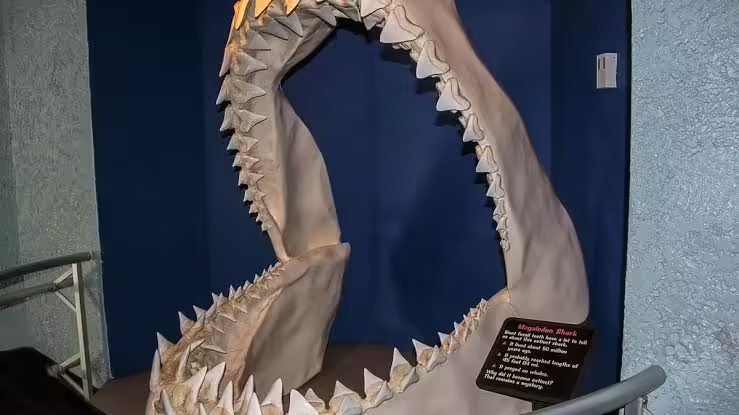
Modern Marine Predators
Modern-Day Apex Predators
Today, modern marine ecosystems are mostly dominated by apex predators, ranging from the great white shark and the orca to big fish species. These predators play great roles in maintaining health and balance in marine environments.
Ecological Roles and Comparisons
Although no modern predator is as large as Megalodon, their ecological roles are almost identical. It is through understanding these roles that scientists can predict the kind of impact environmental changes are going to have on the biodiversity within the marine system.
Debunking the Survival Theories
No Recent Fossil Evidence
The absence of new fossil deposits of Megalodon may point out that it had possibly become extinct. From the fossil record, species existence forms a continuum; the time since the latest discovery of Megalodon fossils hints at millions of years of extinction.

Oceanic Conditions and Availability of Prey
Current marine regimes and prey populations are quite unrecognizable compared to those of the Miocene and Pliocene. The cold, nutrient-poor modern environments would not be sustainable with a predator this large.
Scientific Opinion
Most scientists currently agree that Megalodon is extinct. Its extinction is supported by extensive research and fossil evidence even though occasional sensationalized reports to the contrary are made periodically.
Impact of Science and Research
Genetic Tests including DNA Analysis
DNA and genetics methods have revolutionized paleontology. While no usable DNA of Megalodon has been found up to date, these advancing technologies will pave way for future studies that might prove productive in the pursuit of understanding this ancient killer further.
Paleontological Advancements
New tools and methods, such as 3D imaging and isotopic analysis, have been used to provide greater insight into Megalodon’s physiology, behavior, and extinction. All these techniques continue to fine-tune the knowledge gained over this prehistoric killer to date.
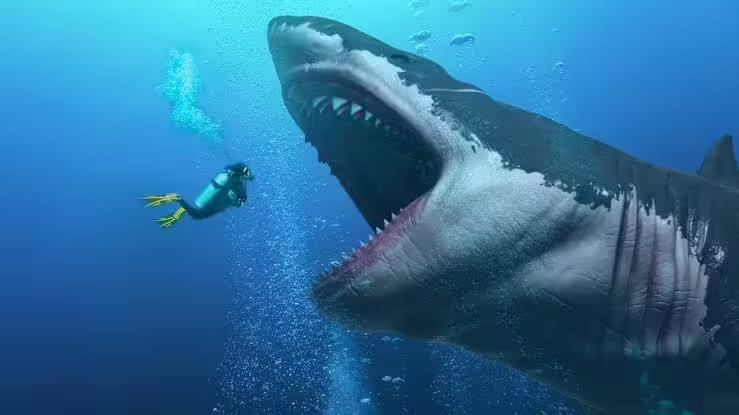
Moral of the Story: Fossils
Fossil records are invaluable for reconstruction as proof about extinct species, their environment, and the factors that led to their extinction.
Understanding Marine Extinctions
The study of marine extinctions, such as Megalodon, holds immense importance for the understanding of marine ecosystems and impacts of alteration in this aspect upon living organisms.
Public Interest and Continued Research
Why Does Megalodon Capture Our Imaginations?
What is impressive about megalodon is that the very size and strength of this shark is simply amazing, and there is also this mystique in the existence of such a monster.
A gigantic shark off the coast of the ocean kept people giving a mixture of fear and awe.
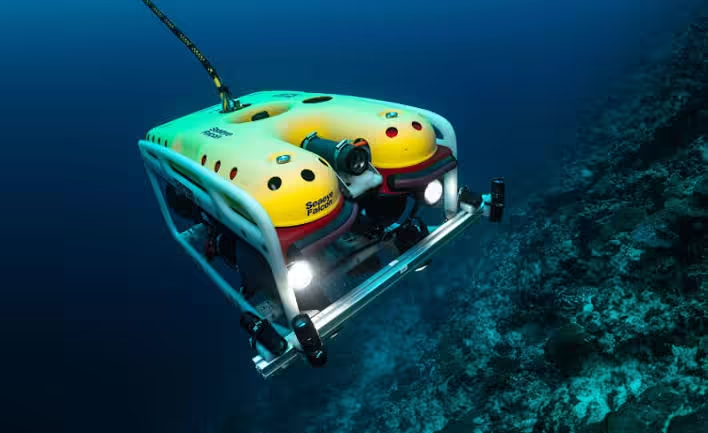
Future Prospects of Megalodon Research
Further research into Megalodon is still being carried out and thus news keeps coming out on this creature. Any further discoveries, especially on nearly complete fossil specimens, would leave one wanting to know more of its life and surroundings to improve on our knowledge of the legendary predator even further.
Conclusion
The myth of Megalodon alive, being very interesting indeed, has never been supported with scientific proof over fossil records and environmental data that would relate to the possibility of Megalodon still existing even until now. If only this idea of the giant lurking in the deep waters is true, it would indeed be exciting to think of, but there isn’t any credible evidence. Understand why Megalodon died out and learn to respect the incredible balance of marine ecosystems, as it explains how very important it is to preserve those ocean giants today. The legacy of Megalodon continues to astound us and question us, reminding us of the extraordinary variety and dynamics of life on Earth.
FAQs
Why do some people think that Megalodon still lives?
People easily become convinced by sensationalised media portrayals and misinterpretations of deep-sea sightings. Mystery also surrounds deep ocean and leads to speculation and myths.
How do scientists estimate the age of Megalodon fossils?
Scientists use different methods like radiometric dating and stratigraphy. Analyzing the layers of sediment that carry their fossils, they can speculate the period in which Megalodon lived.
What modern animals is Megalodon most closely related to?
The living relatives of Megalodon are the great white sharks. These sharks shared a common ancestor with Megalodon and share similar predatory specializations, although Megalodon was much larger.
Could any large marine predator go undiscovered today?
Although there is a slight possibility that some other large marine species are yet to be discovered, the chances of having a predator as huge as Megalodon be undiscovered are very slim. Modern technology and vast marine research probably would have found evidence by now.
What should we learn from the extinction of Megalodon?
This reflected the influence of environmental factors on marine species as Megalodon went extinct, as shown in the record. At the same time, it underlined the imperativeness of the study of past extinctions as a guide toward modern-day conservation and the preservation of our ocean’s biodies.




